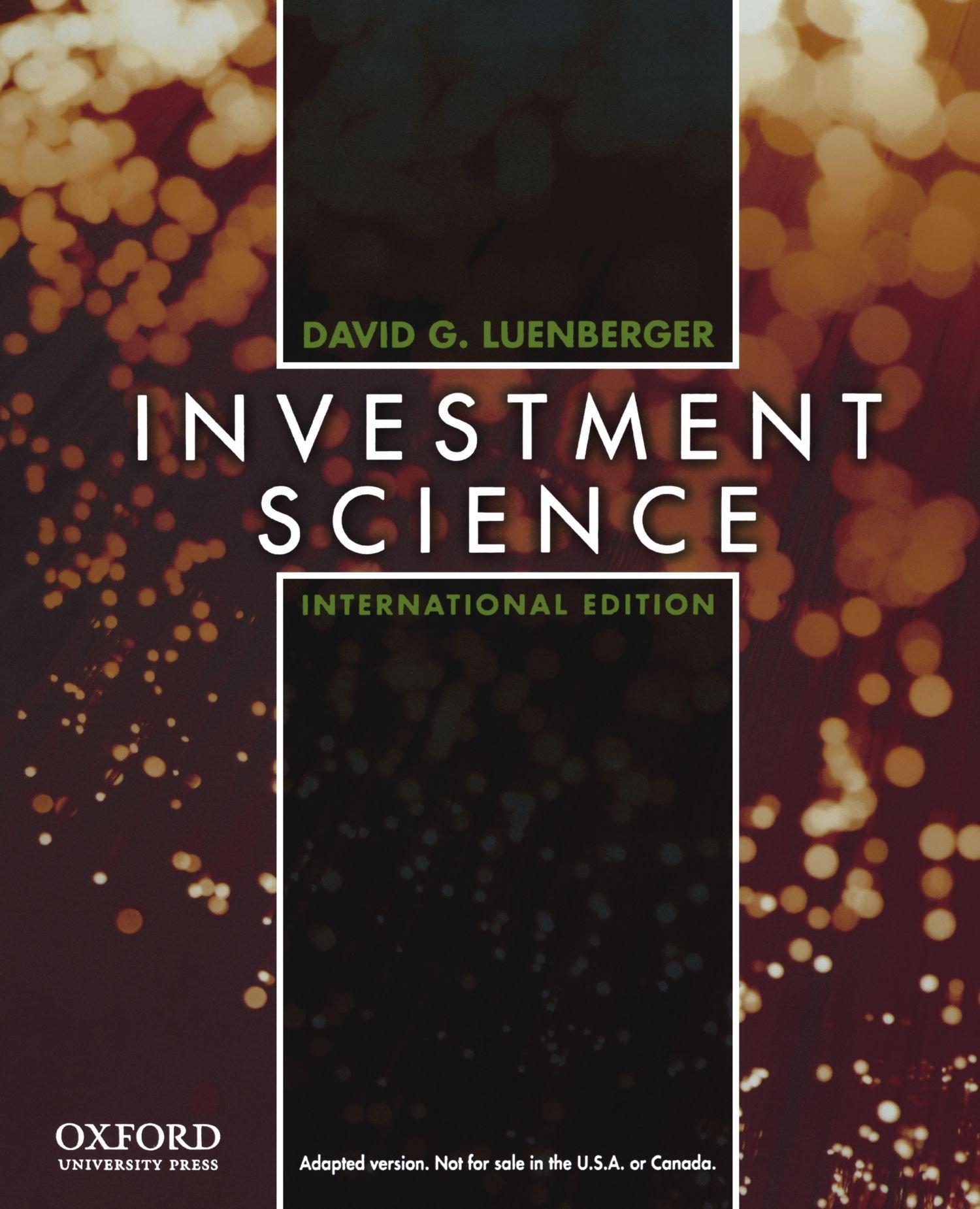Part A A Venture Capitalist presents Arbuckle, Inc., the shoes manufacturer with the following term sheet for a series A funding round: Amount Security Mandatory Conversion Price $5 million Convertible Preferred Mandatory on IPO > $20m, and price > $4.00/share $1.50 per share 2x Liquidation preference on merger, sale, or liquidation. 3 million shares 3 million shares No Liquidation Rights Option Pool (employees) Founder Shares Dividends/Redemption Anti-dilution Full Ratchet Part B a. Jones, the investor, proposes taking participating preferred stock with 1x liquidation preference in return for her $5 million investment. Draw the payoff diagram for this security from Jones' perspective, assuming she invests $5 million at a pre-money valuation of $14.75 million with no option pool. b. What is her cash-on-cash return (money received divided by investment) if New Venture exits in December 2020 at a $150 million valuation? c. Thompson, the founder, provides a counter-proposal in which the security will be a standard convertible preferred stock with a liquidation of 2X. Draw the payoff diagram for this security from Jones' perspective. d. If New Venture exits in December 2020 at a $150 million valuation what would be Jones payoff? which type of a security would Jones prefer? Why? e. At what company valuation would the two securities have an equal payout? Part A A Venture Capitalist presents Arbuckle, Inc., the shoes manufacturer with the following term sheet for a series A funding round: Amount Security Mandatory Conversion Price $5 million Convertible Preferred Mandatory on IPO > $20m, and price > $4.00/share $1.50 per share 2x Liquidation preference on merger, sale, or liquidation. 3 million shares 3 million shares No Liquidation Rights Option Pool (employees) Founder Shares Dividends/Redemption Anti-dilution Full Ratchet Part B a. Jones, the investor, proposes taking participating preferred stock with 1x liquidation preference in return for her $5 million investment. Draw the payoff diagram for this security from Jones' perspective, assuming she invests $5 million at a pre-money valuation of $14.75 million with no option pool. b. What is her cash-on-cash return (money received divided by investment) if New Venture exits in December 2020 at a $150 million valuation? c. Thompson, the founder, provides a counter-proposal in which the security will be a standard convertible preferred stock with a liquidation of 2X. Draw the payoff diagram for this security from Jones' perspective. d. If New Venture exits in December 2020 at a $150 million valuation what would be Jones payoff? which type of a security would Jones prefer? Why? e. At what company valuation would the two securities have an equal payout








